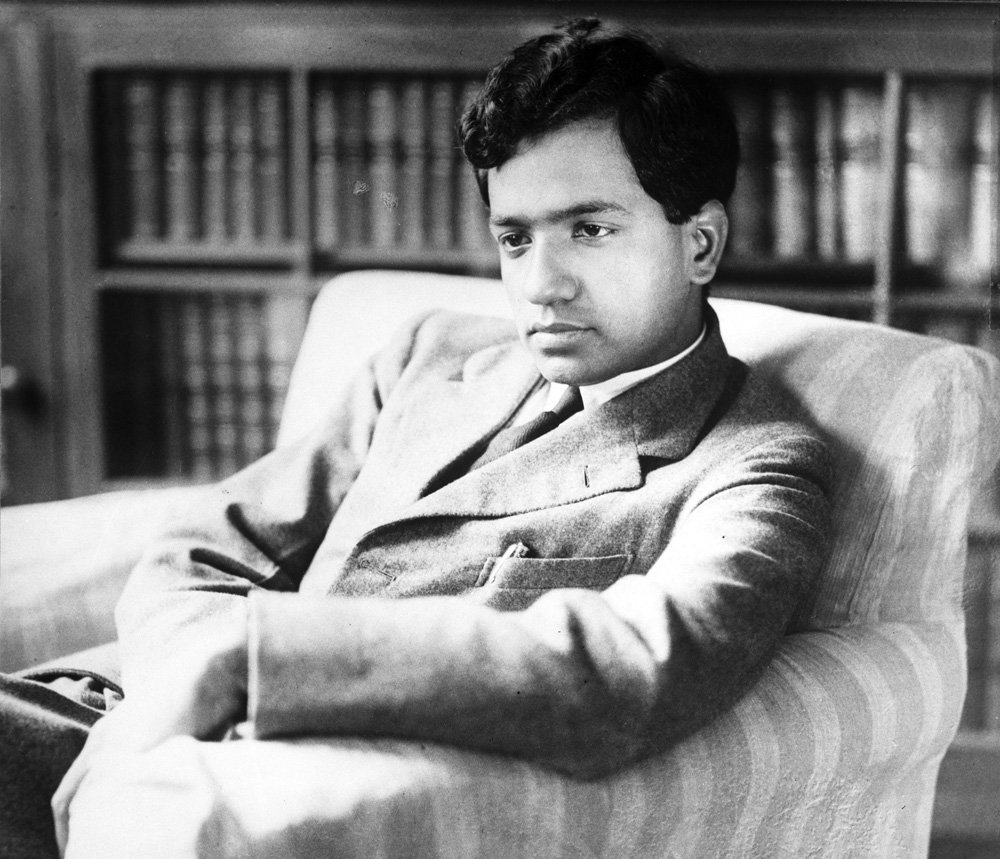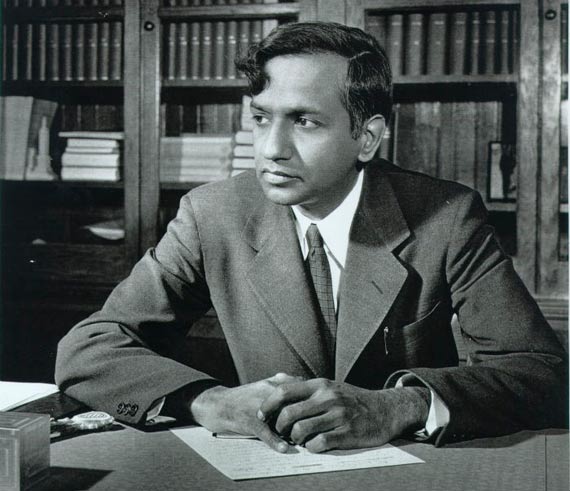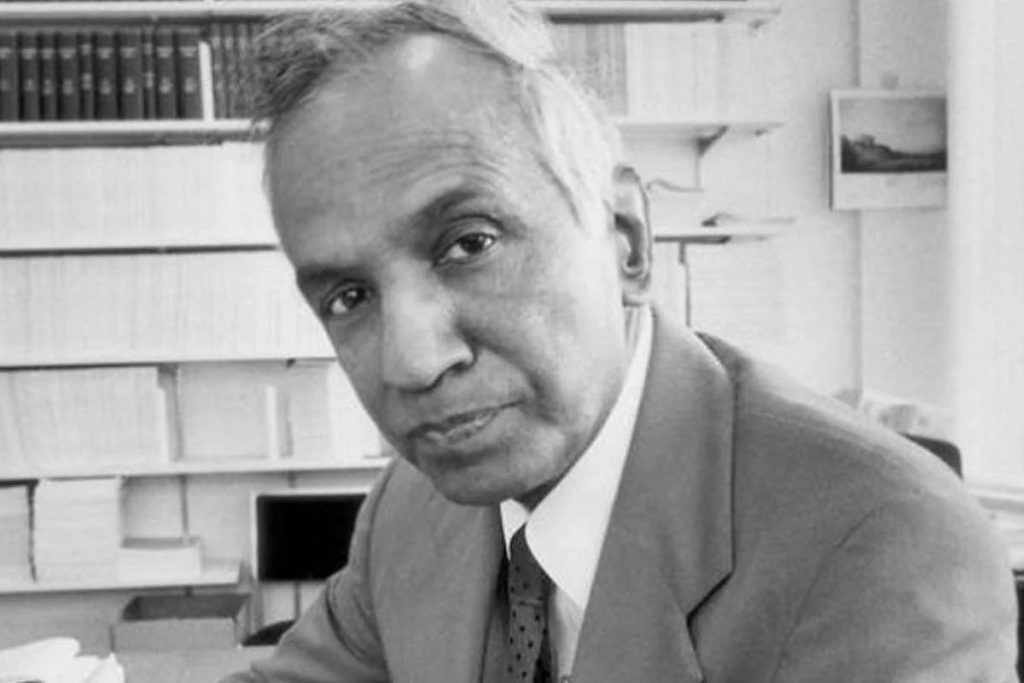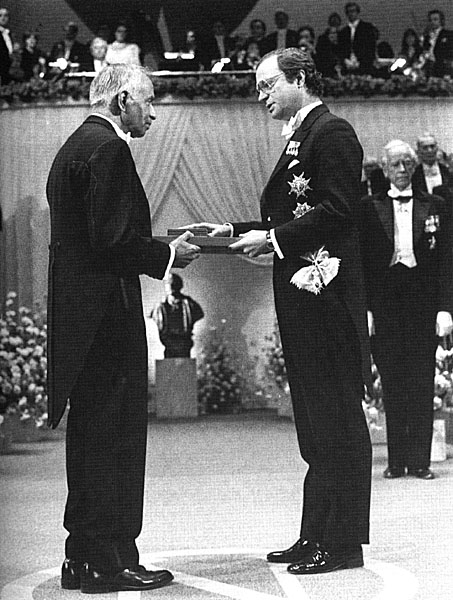(December 8, 2023) Early this November, a conversation between billionaire Elon Musk and India’s IT Minister, Rajeev Chandrasekhar at AI Safety Summit, UK, unearthed a revelation. The 52-year-old disclosed that his son with Shivon Zilis has an Indian connect. He bears the middle name “Chandrasekar,” a homage to the Nobel Laureate Professor Subrahmanyan Chandrasekhar.
Making the revelation, Rajeev Chandrasekhar tweeted, “Look who i bumped into at #AISafetySummit at Bletchley Park, UK. @elonmusk shared that his son with @shivon has a middle name “Chandrasekhar” – named after 1983 Nobel physicist Prof S Chandrasekhar.”
Look who i bumped into at #AISafetySummit at Bletchley Park, UK.@elonmusk shared that his son with @shivon has a middle name “Chandrasekhar” – named after 1983 Nobel physicist Prof S Chandrasekhar pic.twitter.com/S8v0rUcl8P
— Rajeev Chandrasekhar 🇮🇳 (@Rajeev_GoI) November 2, 2023
Replying to Rajeev Chandrasekhar’s tweet, Shivon Zilis tweeted, “Haha, yes, that’s true. We call him Sekhar for short, but the name was chosen in honour of our children’s heritage and the amazing Subrahmanyan Chandrasekhar.”
Indian scientist Subrahmanyan Chandrasekhar won the Nobel Prize for Physics in 1983 “for his theoretical studies of the physical processes of importance to the structure and evolution of the stars.” Global Indian puts the spotlight on the Indian physicist.
The child prodigy
It was in the Pre-Independent India that Chandrasekhar was born into a free-thinking and Tamil speaking Brahmin family in Lahore to a civil servant father CS Ayyar. For him and his siblings, education began at home where their mother Sitalakshmi taught them Tamil and English, and their father would take the charge of teaching arithmetic and English before leaving for work every day. At the age of eight, he moved to Madras with his family as his father was promoted to the role of a deputy accountant general, and by 1921, he started going to a regular school. In the second year of his school, he was introduced to algebra and geometry, and he was so fascinated by the subjects that he ended up devouring the books the summer before the start of the school.

Subrahmanyan Chandrasekhar
This interest led him to Presidency College in 1925, where he studied physics, maths, chemistry, Sanskrit and English. While his interest in physics and maths kept going, he was also inspired by S Ramanujan who had gone to England and was counted among the world’s most distinguished mathematicians. Though he eyed mathematics honours, his father was keen that his son too becomes a civil servant. But it was Chandrasekhar’s mother who backed him up and asked him to follow his heart. Chandrasekhar opted for Physics honours in order to placate his father because his paternal uncle CV Raman was a noted physicist who had won a Nobel Prize in 1930.
The discovery that led to Nobel Prize
At the age of 17, he spent a summer working in his uncle’s lab but soon realised that experimental physics wasn’t his calling. However, in those days he befriended one of Raman’s colleagues who introduced him to the work of Arnold Sommerfeld, one among a group of theorists revolutionising the field of physics through the principles of quantum mechanics. This group also had Ralph H Folwer who helped Chandrasekhar publish his first professional paper in the Proceedings of the Royal Society of London. Towards the end of his college, he was offered a scholarship from Govt of India to study in England, and in 1930, he set off sail for the University of Cambridge. It was during his voyage that the 19-year-old, while reading physics publications, came across an insight that led him to win a Nobel Prize in 1983.
Almost seven decades ago astronomers saw a white dwarf for the first time. It’s a tiny, hot, and super dense leftover from a star that ran out of fuel. But something didn’t add up—this object should have collapsed under its own gravity. Fowler, who was going to be Chandra’s teacher for a Ph.D. at Cambridge, figured out the mystery by using quantum theory to explain why the white dwarf didn’t collapse. He explained that when the nuclear energy source in the center of a star such as the Sun is exhausted, it collapses to form a white dwarf, and he demonstrated that there is an upper limit — now called the Chandrasekhar limit — to the mass of a white dwarf star.

Moreover, up until that time scientists used to think that when a star used up all its fuel, it would become a cold ball of ashes—a white dwarf star. Chandra’s math proved that a white dwarf heavier than the sun couldn’t exist. Instead, it would collapse forever into an incredibly tiny point with infinite density. This collapse would create something called a black hole, a place in space where nothing, not even light, could escape. Chandra’s work was the first undeniable proof, backed by math, that black holes, as we now call them, had to be real.
The controversy that changed it all
Excited about his discovery, he thought that he would be welcomed with open arms in Cambridge, however, his hoped were dashed as the scientists ignored his discovery. Depressed, he continued and finished his doctorate in 1933. The same year he also won a fellowship to continue his work at Cambridge. Feeling encouraged by these achievements, he went back to studying what happens to stars in the future. Surprisingly, the well-known Sir Arthur Stanley Eddington, a leader in astrophysics, started visiting him often to check on his progress.
Encouraged by his support, Chandrasekhar prepared a paper for a meeting of the Royal Astronomical Society in London in 1935 that was to have all the leading figures in astrophysics in attendance. He presented the paper, showing a chart that if a star was heavier than a certain amount, it would definitely shrink away to nothing and even more. However, Eddington didn’t back Chandrasekhar’s conclusions and even stating that it has no basis in reality. His reputation was so strong that nobody felt brave enough to disagree with him. Chandrasekhar wasn’t even allowed a chance to respond. The argument continued for many years in papers and during scientific meetings.

The confrontation had a lasting effect on Chandrasekhar, who for decades, didn’t follow up on his discovery and even turned to a different field, and took up a position in University of Chicago. A few decades later, scientists trying to make the hydrogen bomb noticed that it resembled an exploding star. In 1966, at the Livermore National Laboratory in California, scientists started using computer codes for both astrophysics and hydrogen bombs. This breakthrough led the scientific community to accept that a star could indeed collapse and turn into a black hole.
Six years later, scientists identified the first black hole, named Cygnus X-1. Since then, many more black holes have been discovered. This meant that, 40 years after Chandrasekhar’s first discovery, he was proven right, and Eddington was proven wrong. Chandra received the Nobel Prize in 1983 for his research on white dwarfs.

The scientist breathed his last in 1995 and four years later, NASA’s premier X-ray observatory was named the Chandra X-ray Observatory in his honour.
And now the Nobel laureate is again in news as Elon Musk has named his son after Chandrasekhar. His groundbreaking contributions to astrophysics, particularly his work on the Chandrasekhar limit, significantly advanced our understanding of stellar evolution. Musk’s choice to honour this scientist underscores the enduring impact of scientific pioneers and the importance of recognising their invaluable contributions to humanity.




